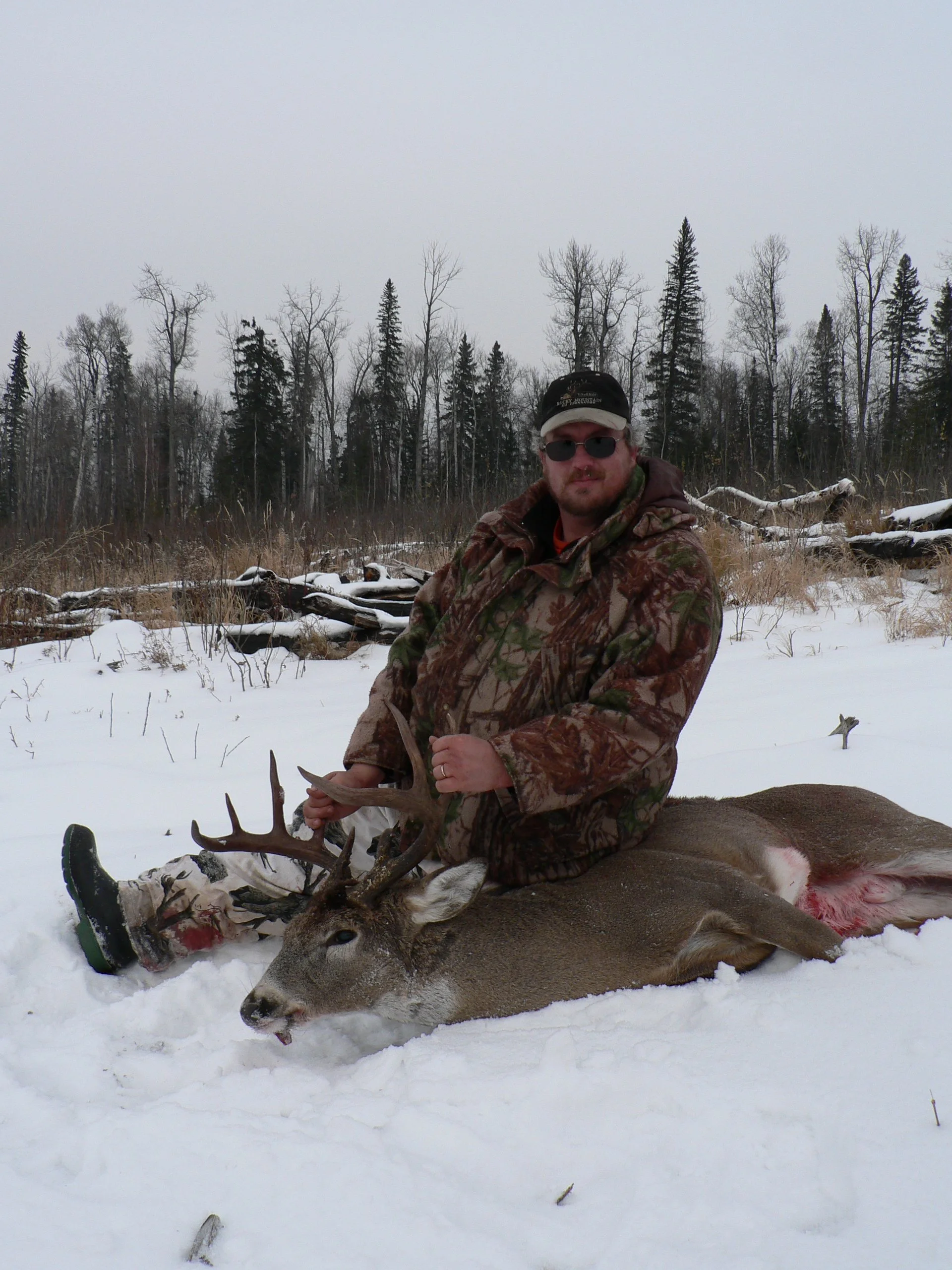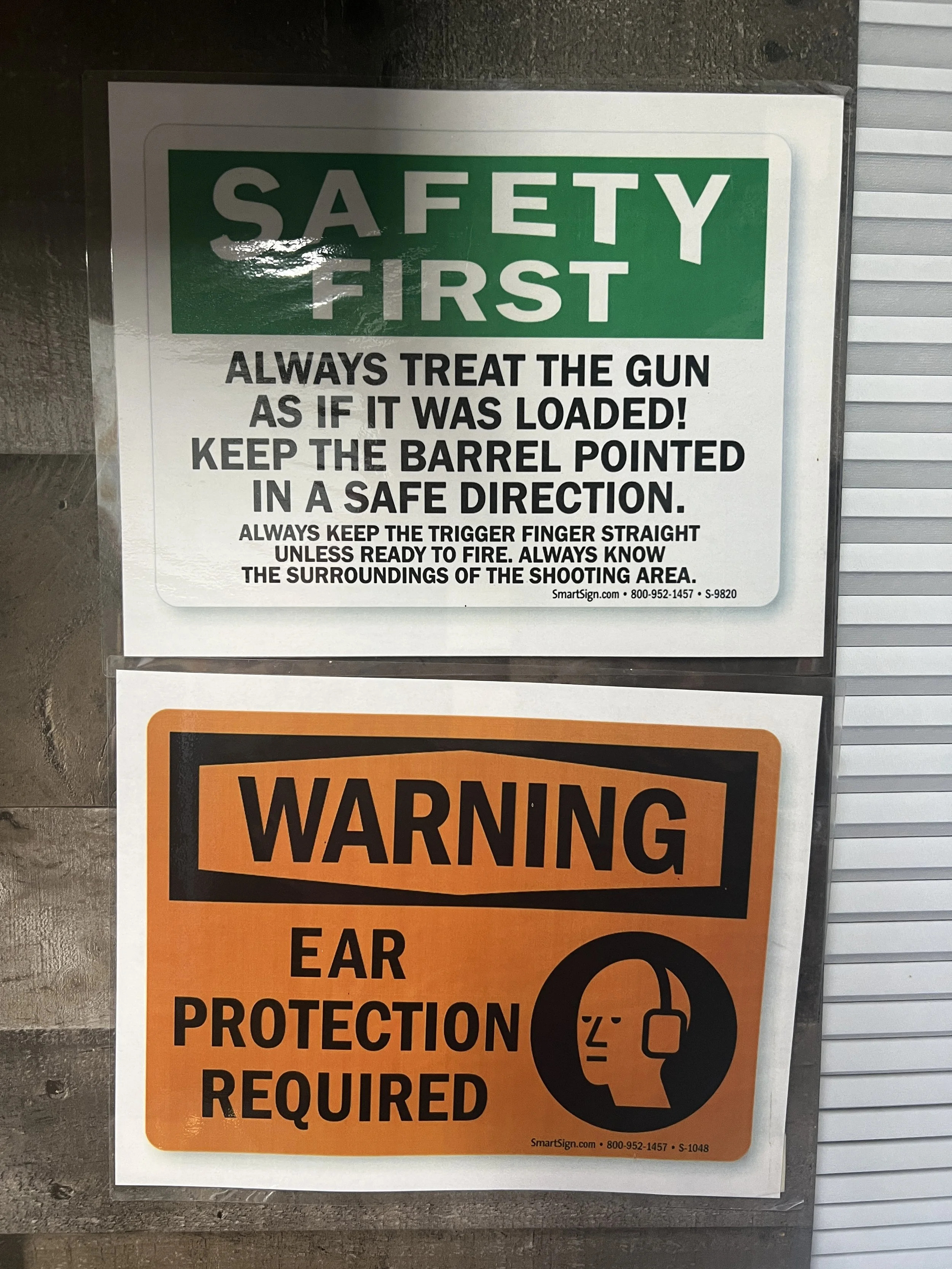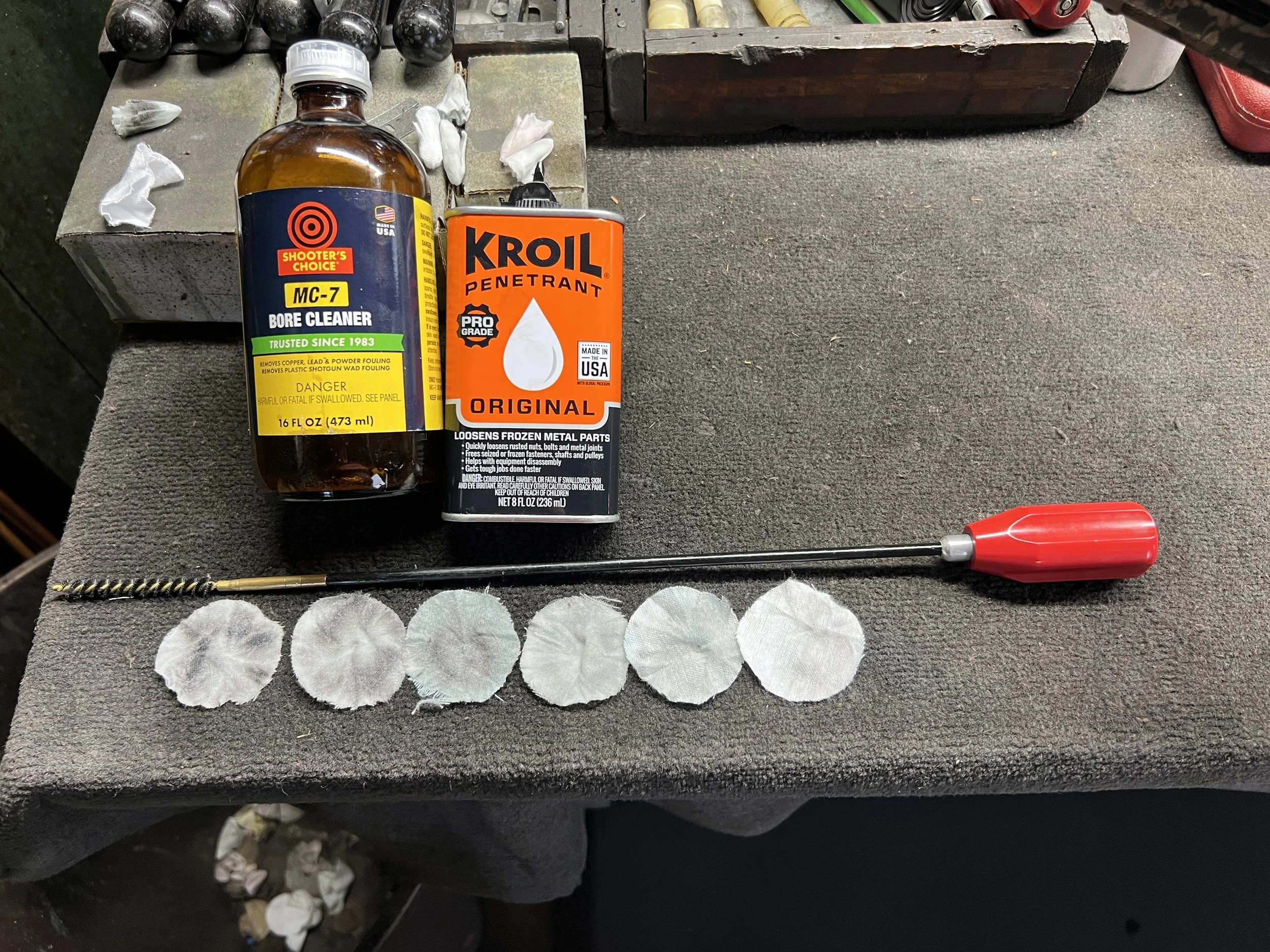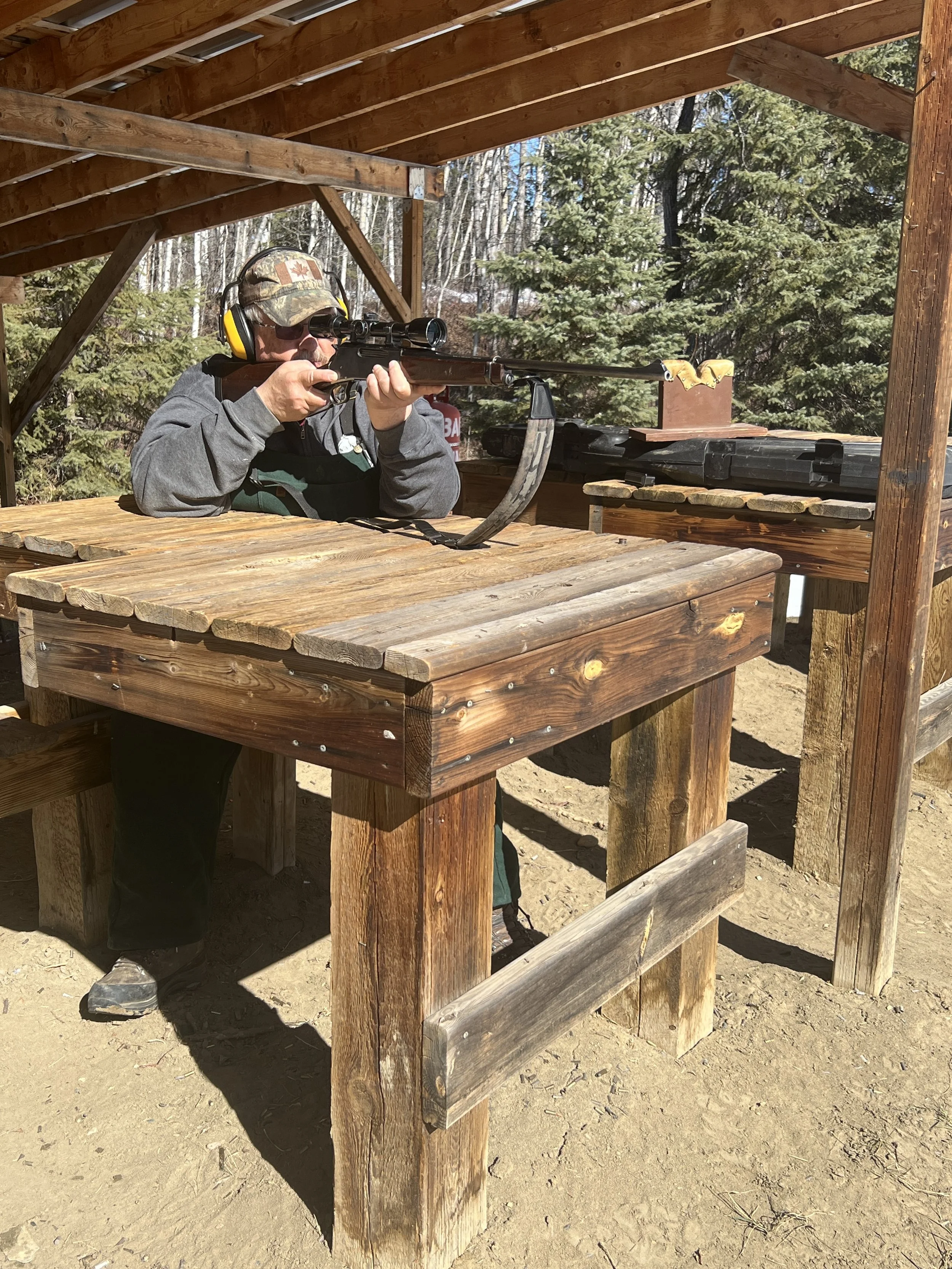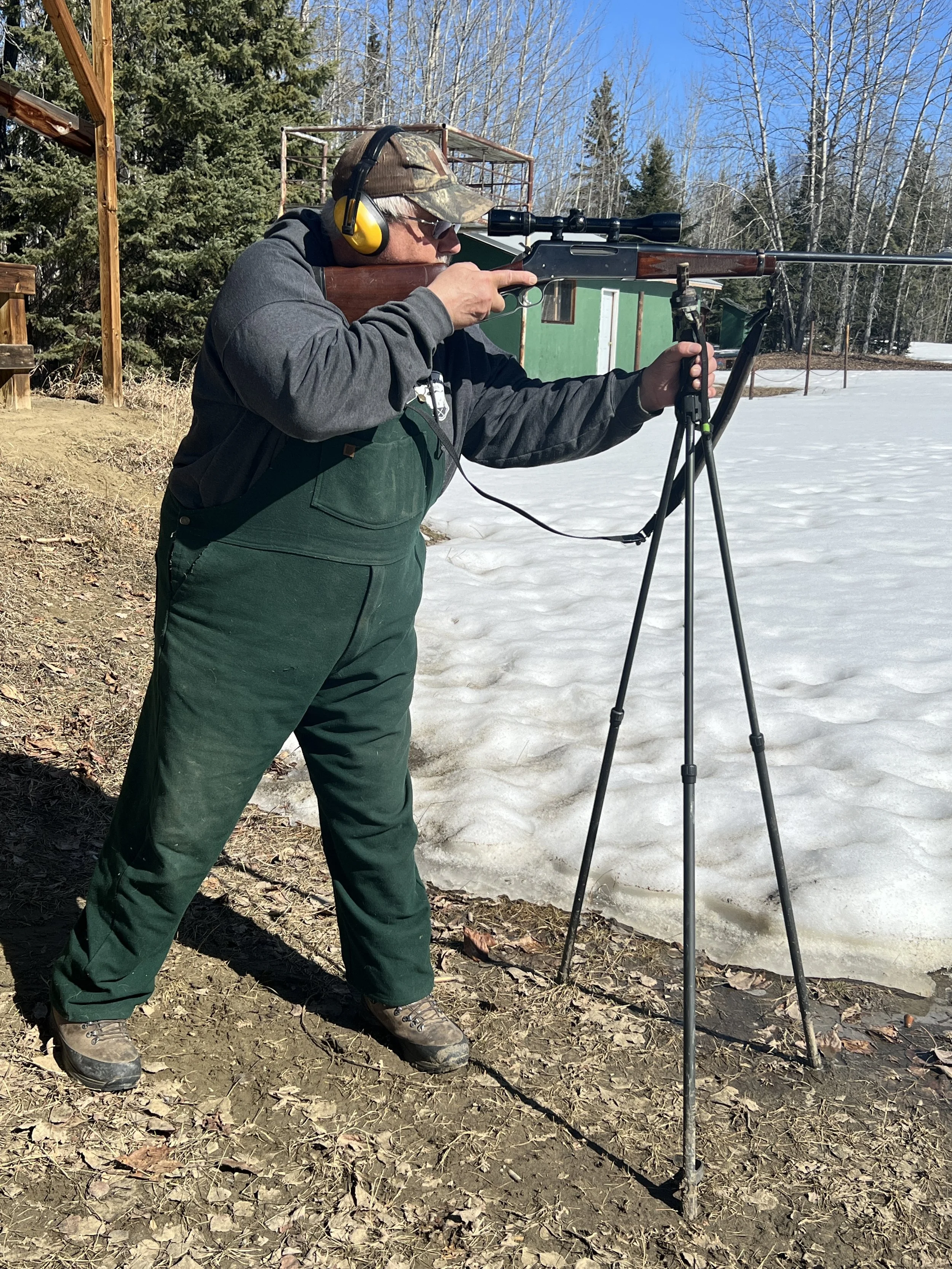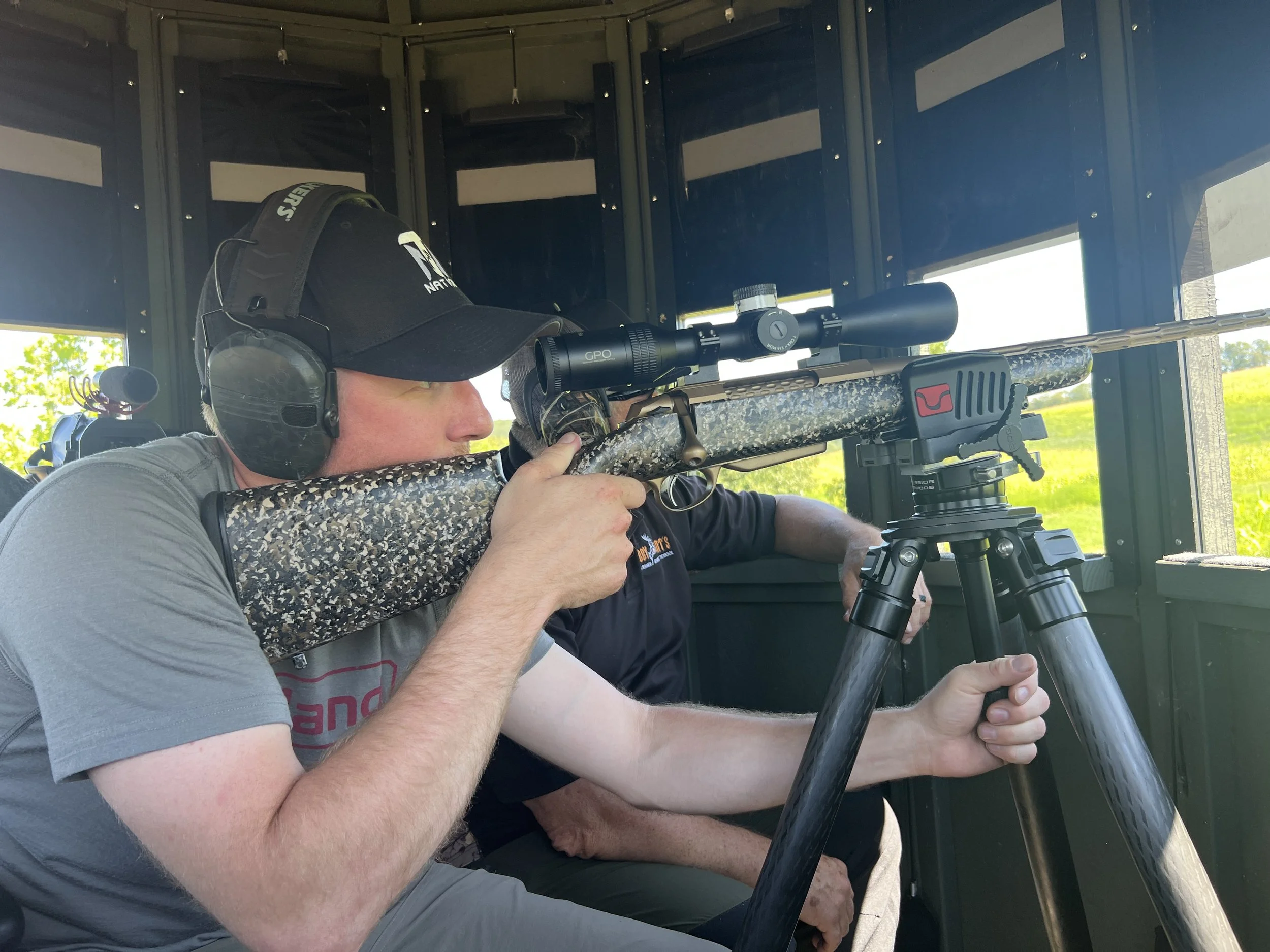Preparing for the Season: Firearm Readiness and Responsibility
The pre season practice that you do will directly affect your performance during the actual hunting season. It is your responsibility as a responsible Sportsman to do your very best in helping create a very respectful harvest.
Preparing for the Season: Firearm Readiness and Responsibility
By Keith Denoncourt
Tomorrow is a big day. I have just finished re-cleaning and re-maintaining my firearm for the first time this pre-season. Nut by nut, screw by screw, I have confirmed that everything is retightened, double-checked, then thoroughly cleaned from inside to out. I use specialty cleaners and oils to not only remove all bullet and environmental debris, but also to help my firearm resist atmospheric weather conditions. To protect my firearm further, I have chosen an enclosed case for secure transport during the season. I am getting ready for deer hunting season, and I know the time I spend getting ready now will have substantial benefits when it is time to harvest my animal. Although I have quite a few years of firearm preparation behind me, I still like learning new methods, techniques, and delivery systems. I have always stated: when I know better, I will do better. Here is my planning and preparation criteria for firearm readiness in the hunting season:
First and foremost, always make sure your firearm is 100% unloaded and ready for maintenance. I have always taught that the ACT-PROVE of firearms safety is not just a one-off item. It is a frequent and highly repetitive lifestyle practice of handling a firearm to help ensure safety. Using hearing and eye protection in practice will not only help protect your hearing, it will help reduce the flinch of an anticipated shot. Clean and maintain the firearm as required.
Second, choose the exact cartridge, weight, and brand of ammunition that you plan on using for the entire season. Practice with that ammunition and use that brand for the season. Understand that rotating brands or bullet weights will alter accuracy and you will have to re-sight your firearm.
Thirdly, using a solid bench-rest foundation, confirm that the firearm is sighted in at the distance you anticipate shooting. Never exceed your practiced range in real-life hunting scenarios. Only practice non-confident shots at a gun range or a place with a safe backdrop. Never fire a round at a live target without knowing your shot-placement accuracy. Range finders and portable solid rest foundations are critical links to accuracy and are highly recommended. Also, most sporting firearms are not meant for repetitive firing. For sighting-in purposes, only fire one or two rounds consecutively before allowing your firearm to thoroughly cool — overheated barrels are not accurate. Adjust your firearm accordingly. I use a .22 that is set up with a similar scope and trigger pull to focus on my breathing techniques and off-hand shooting while I wait.
Practice the various shooting styles, positions, and distances that you may encounter during your hunting season. Off-hand shooting, using shooting sticks or alternative rests, and the prone position are just a few to consider. The stability of your foundation is one of the most critical links in maintaining accuracy. Once sighted in, I only use my high-powered calibers for one or two rounds at a time at various confirmed distances. I use a .22 of a similar make and style for cross-training opportunities.
The ambient air temperature in which you practice may alter trajectory and accuracy. To help ensure accuracy, recheck your zero if the conditions of the hunt differ from your practice conditions. Always recheck your firearm if travel is required or if there has been an unintentional bump.
Maintain your firearm according to the weather and use conditions.
Maintain practice throughout the hunting season. Keep your firearm 100% unloaded and properly secured when being transported in a boat, vehicle, airplane, or ATV.
Secure your firearm unloaded and encased when not in active use.
Enjoy your successful harvest!
Thank you for respecting wildlife by putting safety, firearm accuracy, and ethical harvesting opportunities first. Always remember to be safe and to sponsor a non-profit conservation organization.
— Keith
Safety is your foremost concern. (ACT-PROVE). Assume your Firearm is loaded at all times. Control your muzzle direction. Keep your finger off the Trigger. While Pointing the Firearm in a safe direction, Remove all of the bullets, Observe the Firearm is unloaded, then Verify the firearm is unloaded, and finally Examine the condition of the bore. Hearing and eye protection is strongly advised.
Clean and maintain your firearm on regular basis. The weather, conditions and the frequency of use, will determine your cleaning cycle. The accuracy and dependability of your firearm depends on this regular maintenance.
Identify the exact cartridge brand, and bullet weight that you will be using, and maintain that cartridge for the entire season. Practice the real life shooting styles that you will encounter to ensure consistent accuracy.
Creating a solid foundation for your rest is critical. I use portable shooting tripod shooting sticks for assistance.
Here is Brody Teale. He is practicing shooting from an elevated blind position. He is using a tripod rest for increased accuracy.

